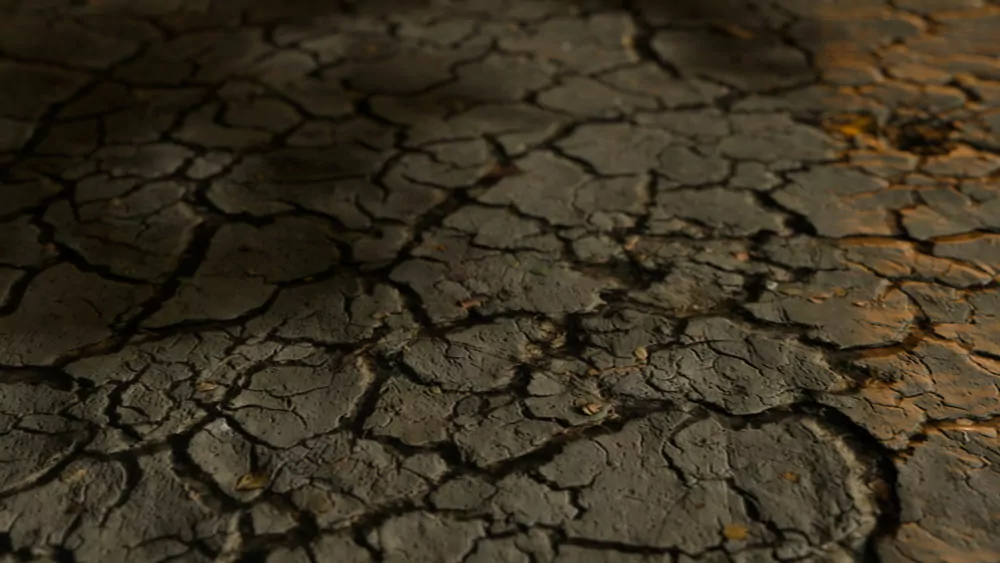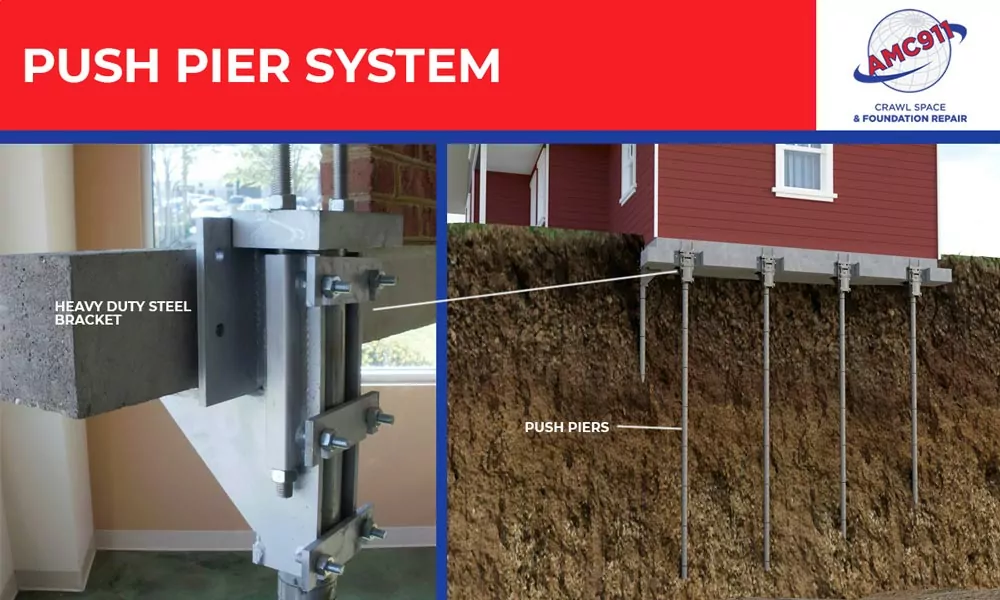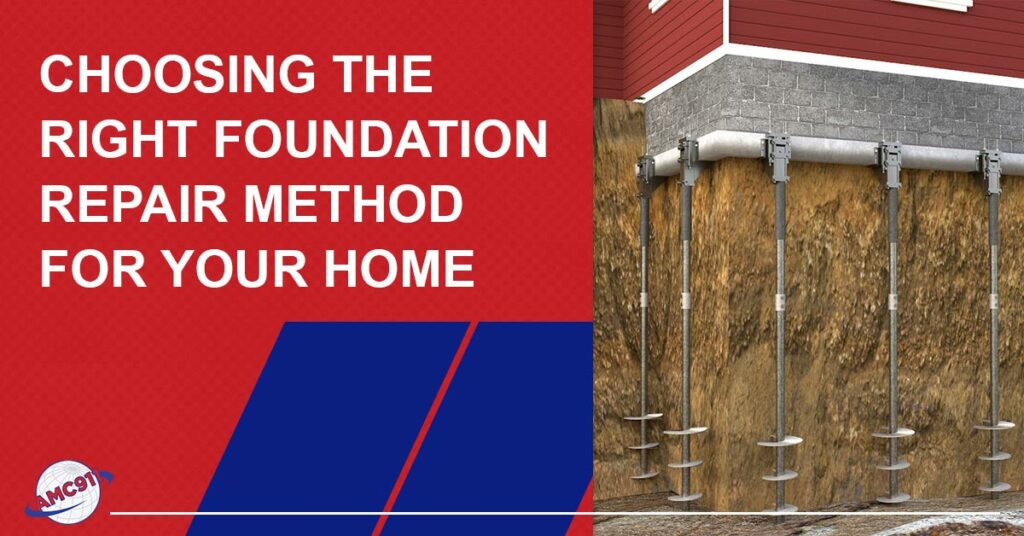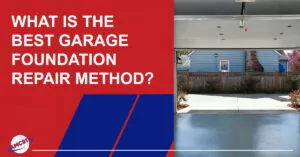As a homeowner, you are probably tuned to the creaks and groans of your home. But when you start to see cracks in the walls or uneven floors, it’s a sign your home may need more than just a superficial fix – it requires attention at its very base, the foundation.

Foundation problems can cause sleepless nights for homeowners because they often have visions of extensive damage and high repair costs. However, understanding the root cause and the available foundation repair methods can transform a seemingly dire situation into a manageable home improvement project.
This blog post is intended for you, the homeowner, seeking clarity and direction in the face of potential foundation issues. We will walk you through the various repair techniques and detail how they work. Whether you’re in the early stages of investigating slight changes in your home’s structure or need immediate intervention, this guide aims to lay a solid foundation (pun intended) for making the right repair choices.
Is Your Foundation Having Problems?
The following is a list of possible problems you may see in different areas of the home when the foundation is failing. These issues may result from differential settlement of the foundation because it puts a lot of pressure on the home’s frame:
- Uneven Floors – Some homeowners may feel like they are stumbling as they walk across the room. This may be an issue with uneven floors that are not easily detected visibly, but you can detect them through your proprioceptive senses.
- Cracks in Walls, Floors, or Ceilings – A tremendous amount of torque is placed on the entire structure when the foundation shifts. This can result in cracks forming in walls, floors, and ceilings. These cracks may grow or continue from one surface to another.
- Gaps around Windows and Doors – The sinking foundation may also affect the window and door frames. You may see visible gaps around the windows and doors when this occurs.
- Sticking Windows and Doors – Another issue frequently noticed with foundation problems is that windows and doors begin sticking when you open and close them.
- Chimneys and Porches Separating from the House – You may notice that your chimney or porch is leaning or separating from the house. You might also see cracks in your chimney.

Seeing one of these problems does not necessarily mean your foundation is failing. On the other hand, progressive problems or multiple issues are a red flag.
What Causes Foundation Problems?
Many issues may be at the root of foundation failure, but most of the problems are caused by water. For example, if too much water is in the ground around the foundation, hydrostatic pressure can build up and push against the basement walls. On the other hand, too little water in the ground can cause soil shrinkage and the formation of voids under the foundation.

If the foundation sits on expansive clay-rich soil that expands when it soaks up moisture and then shrinks when it dries out, this creates movement under the foundation, eventually leading to differential settlement.
So, where does all that excess groundwater come from? Here are a few of the leading causes:
- Poor Drainage – If the yard isn’t graded so that groundwater drains away from the home, you have clogged gutters, or if the downspouts empty near the foundation, it can lead to an increased chance of foundation trouble.
- Plumbing Leaks – Unseen plumbing leaks can also increase soil moisture. You may not even realize there’s a leak until the damage occurs.
- Swimming Pool Leaks – Even a tiny leak in a swimming pool can significantly add to the moisture level in the soil.

Of course, excess groundwater isn’t the only cause of foundation problems. Other issues could lead to foundation damage. These include:
- Soil that wasn’t adequately tamped down before construction started
- Invasive tree roots
- Natural disasters such as earthquakes
- Excavation too close to the foundation
Having Your Foundation Inspected Is the First Step
Watch for any of the issues mentioned above; if you see them, monitor them carefully. If multiple signs of foundation problems exist and continue to progress, it’s time to contact AMC911 and ask for a free foundation inspection.
A foundation inspection is more than an overview of the foundation. It is a thorough look into any issues that may be occurring, whether seen or unseen. It’s the only way to know what is wrong with the foundation and the best foundation repair method to correct the problem.
Foundation Repair Options: Which Is Best?
There is no one-size-fits-all solution that will solve every foundation problem in existence. The chosen repair solution will depend on the type and extent of the damage. Here are a few common foundation repair options:
- Underpinning – Underpinning is commonly used to correct differential settlement. Push or helical piers are inserted into the soil near the foundation until they reach stable soil. They are then attached to the foundation to stabilize it. A synchronized hydraulic lifting system then raises the structure as much as possible without causing damage.
- Wall Plate Anchors or Carbon Fiber Straps – These solutions are frequently used when hydrostatic pressure has caused the basement wall to bow inward. Horizontal cracks in the basement wall are often seen with this type of damage.

If you think your home might have a foundation issue, contact AMC911 for a free foundation inspection. One of our foundation repair professionals will get back to you to explain the available options.















